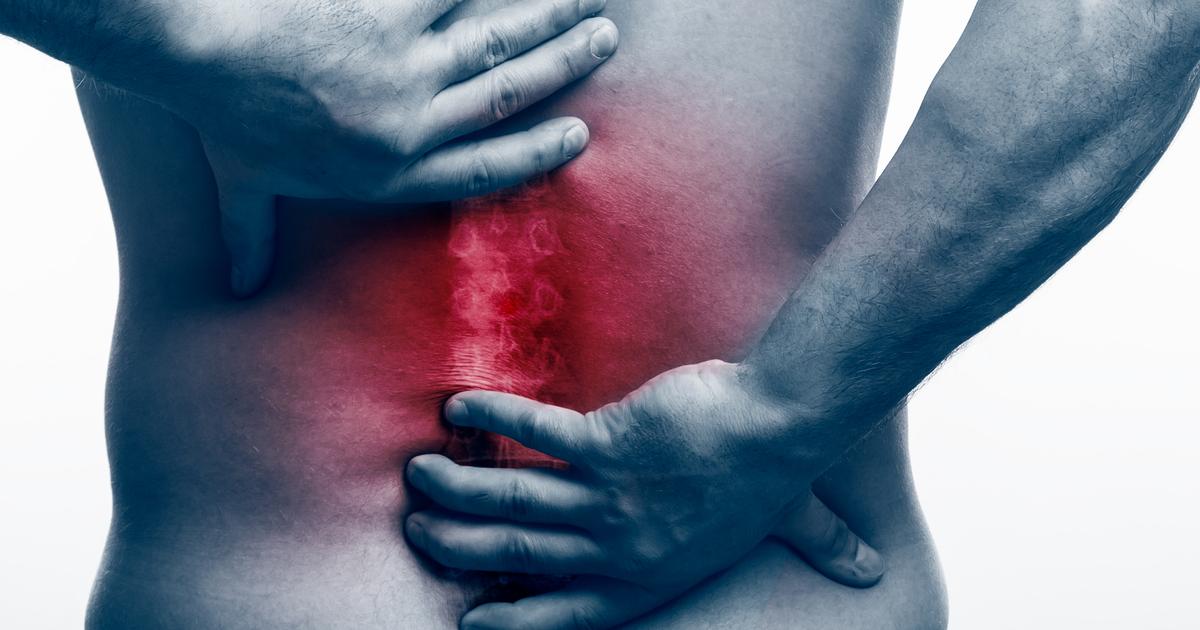Guide To The Causes And Complications Of A Herniated Disc
Being Overweight

When an individual carries extra fat around their waist, it causes their back to arch and their pelvis to tilt foreword. This abnormal alignment is often referred to as lordosis in the medical community. This altered position of the spine and pelvis promotes the wearing down of the outer layer of the spinal discs. The excess weight causes unnecessary pressure on the affected individual's spinal discs, which can produce radial tears in the outer parts of the disc. This mechanism puts the individual's spinal disc at a greater risk of rupturing. When the outer layer of an individual's spinal disc ruptures, the soft inner nucleus escapes and may settle on the root of a neighboring nerve. Being overweight can also cause systemic inflammation and swelling of tissues throughout the body that can also place unnecessary pressure on the spinal discs, resulting in a herniated disc.
Read more about the complications of herniated discs now.
Cauda Equina Syndrome

An individual who experiences a herniated disc may develop cauda equina syndrome as a complication. The cauda equina refers to a bundle of nerves at the end of the spinal cord. Sensory and motor function are provided to the pelvic organs and lower limbs by the cauda equina. Cauda equina syndrome develops when the motor and sensory functions are interrupted by the compression of the nerve roots in the cauda equina. In most cases, cauda equina syndrome is a medical emergency that requires immediate treatment to prevent serious complications like permanent paralysis and incontinence. A massive or severe spinal disc herniation is the most common cause of the development of cauda equina syndrome. A disc that ruptures and moves almost entirely out of place from between two of the lumbar vertebrae has the potential to cause the compression of the cauda equina.
Get more information on potential complications of herniated discs now.
